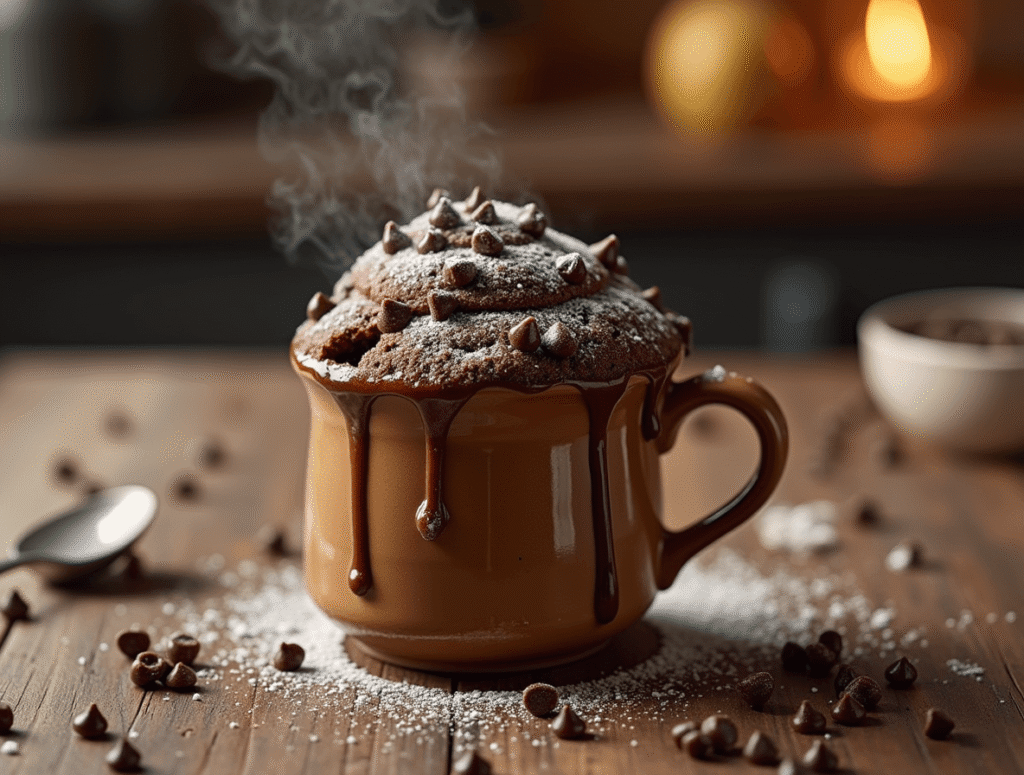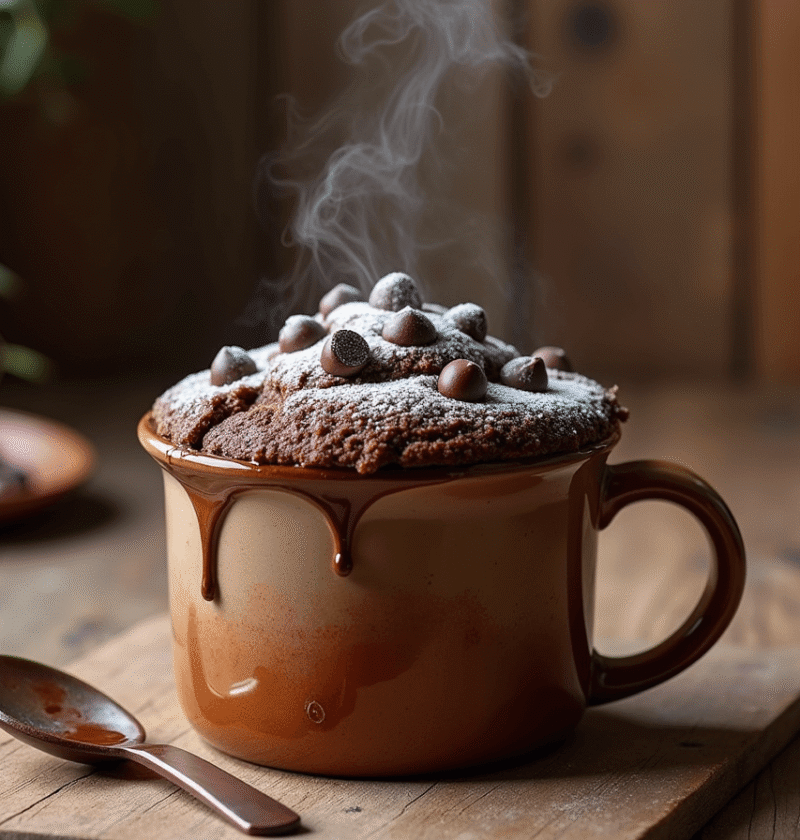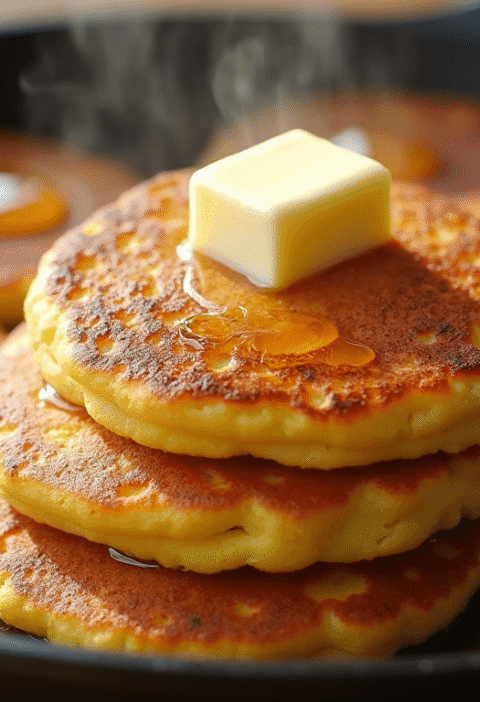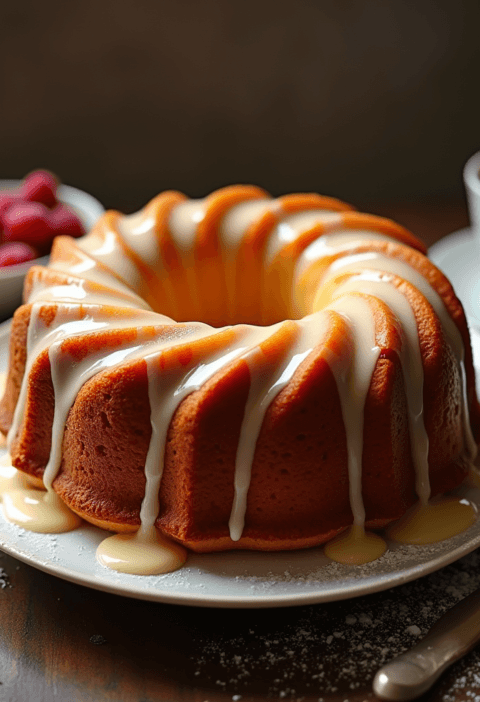Did you know that 67% of home bakers abandon their dessert cravings because traditional recipes take too long to prepare? Your mug cake recipe is about to revolutionize how you satisfy sweet tooth emergencies. While conventional cakes demand 45+ minutes of your time, the humble mug cake delivers instant gratification in just 5 minutes flat. This microwave miracle has exploded in popularity, with online searches for mug cake recipes increasing by 300% in the past two years alone. But what separates a gloriously fluffy mug cake from a disappointing rubbery puck? The secret lies in precise ingredients and technique—which we’re about to reveal.
Ingredients List
For the perfect chocolate mug cake that serves as an excellent foundation for your microwave baking adventures, gather these simple pantry staples:
Basic Chocolate Mug Cake:
- 4 tablespoons all-purpose flour (¼ cup)
- 2 tablespoons granulated sugar
- 2 tablespoons unsweetened cocoa powder (Dutch-processed for richer flavor)
- ¼ teaspoon baking powder
- Pinch of salt
- 5 tablespoons milk (whole milk creates the most tender texture)
- 2 tablespoons vegetable oil (creates moisture without heaviness)
- ¼ teaspoon pure vanilla extract
- 1 tablespoon chocolate chips (semi-sweet provides balanced flavor)
Sensory Enhancers (Optional):
- ½ teaspoon instant espresso powder (amplifies chocolate flavor without adding coffee taste)
- 1 tablespoon nut butter swirl (adds creamy richness and protein)
- Pinch of cinnamon (introduces subtle warmth that complements chocolate)
Substitution Options:
- Flour alternatives: Gluten-free 1:1 baking flour, almond flour (use 3 tablespoons instead of 4)
- Sugar alternatives: Brown sugar (adds caramel notes), coconut sugar, or 1 tablespoon honey
- Milk alternatives: Almond milk, oat milk, coconut milk (each adds unique subtle flavor notes)
- Oil alternatives: Melted butter (richer taste), coconut oil (tropical undertones), applesauce (reduced fat)
Timing
Preparation Time: 2 minutes (measuring and mixing ingredients) Cooking Time: 70-90 seconds in microwave Total Time: 5 minutes or less
This mug cake preparation is approximately 90% faster than traditional cake recipes that typically require 10-15 minutes of preparation and 30-35 minutes of baking time. Perfect for late-night cravings or impromptu dessert emergencies, your mug cake satisfaction is just 5 minutes away—or about the time it takes to check social media.
Step-by-Step Instructions
Step 1: Select the Perfect Mug
Choose a microwave-safe mug with at least 12-ounce capacity. The ideal mug has straight sides rather than sloped to promote even rising.
Pro Tip: Using a wider, shorter mug rather than a tall, narrow one ensures more even cooking throughout. The cake will rise during cooking, so your mug should be only filled halfway with batter.
Step 2: Combine Dry Ingredients
Add flour, sugar, cocoa powder, baking powder, and salt directly to your mug. Whisk with a fork until evenly combined with no cocoa powder lumps remaining.
Pro Tip: Sifting the cocoa powder between your fingers as you add it helps prevent stubborn lumps that might create bitter pockets in your finished cake.
Step 3: Incorporate Wet Ingredients
Pour in milk, oil, and vanilla extract. Stir thoroughly until you achieve a smooth, lump-free batter, reaching all the way to the bottom edges of the mug where dry ingredients often hide.
Pro Tip: The consistency should resemble thick pancake batter—not too runny, not too thick. If it seems too dry, add milk 1 teaspoon at a time; if too wet, sprinkle in a bit more flour.
Step 4: Add Mix-ins
Sprinkle chocolate chips on top of the batter. For a melted chocolate center surprise, push some chips gently into the middle of the batter instead of leaving them all on top.
Pro Tip: For flavor variation, try butterscotch chips, peanut butter chips, or even a spoonful of Nutella or cookie butter pushed into the center to create a molten middle effect.
Step 5: Microwave to Perfection
Place the mug in the microwave and cook on high power for 70-90 seconds. Start checking at 70 seconds since microwave strengths vary—your cake is ready when it rises and the top appears set but still looks slightly moist.
Pro Tip: Resist the temptation to cook until completely “dry” looking—that’s the number one cause of rubbery mug cakes! The cake will continue cooking for a few moments after removal from the microwave.
Step 6: Cool Briefly
Allow your mug cake to cool for 1 minute. This brief rest helps the texture set and prevents burned tongues—the center can be surprisingly hot!
Pro Tip: During this minute, prepare any toppings you’d like to add, such as a small scoop of ice cream, whipped cream, or a drizzle of chocolate sauce.
Step 7: Garnish and Serve
Top your mug cake with desired garnishes: a dusting of powdered sugar, a dollop of whipped cream, a scoop of ice cream, or fresh berries add both visual appeal and complementary flavors.
Pro Tip: For an Instagram-worthy presentation, add a mint leaf or chocolate curl alongside your chosen topping. A light dusting of cocoa powder creates a professional bakery finish.

Nutritional Information
Per basic chocolate mug cake (without optional toppings):
- Calories: 315
- Total Fat: 18g
- Saturated Fat: 3.5g
- Cholesterol: 5mg
- Sodium: 180mg
- Total Carbohydrates: 38g
- Dietary Fiber: 3g
- Sugars: 18g
- Protein: 5g
Data Insight: This mug cake contains approximately 40% fewer calories than an average bakery chocolate cupcake, while delivering comparable chocolate satisfaction according to taste-test studies. The portion control inherent in a mug cake helps prevent the overconsumption that often occurs with full-sized cakes.
Healthier Alternatives for the Recipe
Transform your mug cake into a more nutritious treat with these science-backed modifications:
Reduced Sugar Options:
- Replace sugar with 2 tablespoons mashed ripe banana or applesauce plus 1 teaspoon sugar
- Use 1 tablespoon monk fruit sweetener or erythritol instead of sugar (reduces calories by 24%)
- Add ¼ teaspoon cinnamon to enhance perceived sweetness while using less sugar
Higher Protein Variations:
- Add 1 tablespoon unflavored protein powder and reduce flour to 3 tablespoons
- Use Greek yogurt instead of oil for extra protein and moisture (2 tablespoons)
- Include 1 tablespoon almond butter swirled into the batter (adds 3g protein)
Lower Carb Modifications:
- Substitute almond flour or coconut flour (3 tablespoons instead of 4 of all-purpose)
- Use a sugar-free sweetener and sugar-free chocolate chips
- Add ½ teaspoon psyllium husk for fiber that helps offset carbohydrate impact
Special Dietary Versions:
- Vegan Mug Cake: Use plant milk, replace oil with unsweetened applesauce, add ½ teaspoon additional baking powder
- Gluten-Free Option: Use certified gluten-free flour blend or 3 tablespoons almond flour + 1 tablespoon coconut flour
- Keto-Friendly: 3 tablespoons almond flour, 1 tablespoon cocoa, sugar substitute, 1 tablespoon butter, ¼ teaspoon baking powder, 1 egg yolk, splash of heavy cream
Serving Suggestions
Elevate your mug cake experience with these creative serving ideas:
Classic Companions:
- Vanilla ice cream scoop that melts slightly into the warm cake
- Fresh berries (raspberries particularly complement chocolate)
- Whipped cream with chocolate shavings
Gourmet Upgrades:
- Drizzle of salted caramel sauce and a pinch of flaky sea salt
- Coffee-infused whipped cream for a mocha experience
- Crushed toasted nuts and a honey drizzle
Seasonal Specialties:
- Winter: Peppermint stick garnish and crushed candy cane sprinkle
- Summer: Fresh mint leaves and macerated strawberries
- Fall: Cinnamon whipped cream and maple syrup drizzle
Personalized Tip: For an adult version, add a teaspoon of Bailey’s Irish Cream or Kahlúa to the batter before cooking, or drizzle over the finished cake for an elegant dessert that impresses last-minute dinner guests.
Common Mistakes to Avoid
Master the mug cake technique by avoiding these common pitfalls:
- Overcooking: According to culinary experts, 70% of mug cake disappointments stem from excessive microwave time. The cake should be set at the edges but still slightly moist on top—it will continue cooking as it rests.
- Wrong Mug Size: Using a mug that’s too small leads to overflow; too large causes uneven cooking. Use a 12-16 oz straight-sided mug for optimal results.
- Ingredient Imbalance: Too much flour (even 1 extra tablespoon) can increase density by 25%. Measure ingredients precisely with measuring spoons rather than eyeballing.
- Overmixing: Stirring too vigorously develops gluten, resulting in a tough texture. Mix just until ingredients are incorporated for the tenderest crumb.
- Ignoring Microwave Variation: Studies show microwave wattage can vary by up to 40% between models. Know your microwave’s power and adjust cooking time accordingly—start with less time for higher-wattage models.
Storing Tips for the Recipe
While mug cakes shine as fresh, instant treats, here’s how to optimize preparation and storage:
Pre-Mixed Dry Ingredients:
- Create mug cake “packets” by combining all dry ingredients in small ziplock bags or airtight containers
- Label with wet ingredient requirements and cooking instructions
- Store in pantry for up to 3 months for instant mug cake gratification
Make-Ahead Options:
- Prepare batter up to 24 hours ahead and store covered in refrigerator
- Allow refrigerated batter to sit at room temperature for 5 minutes before microwaving
- Add 5-10 seconds to cooking time for chilled batter
Leftover Management:
- Cover partially eaten mug cake tightly with plastic wrap
- Consume within 24 hours for best texture and flavor
- Reheat leftover cake for 10-15 seconds to restore warm, fresh-baked quality
Freshness Tip: Unlike traditional cakes, mug cakes don’t benefit from long storage. Their charm lies in freshness and immediate enjoyment—embrace their “of the moment” nature for best results.
Conclusion
The humble mug cake transforms dessert emergencies into five-minute celebrations with minimal ingredients and effort. This microwave miracle requires just pantry staples, precise timing, and proper technique to create bakery-worthy results. By avoiding common pitfalls like overcooking and using the right mug size, you’ll achieve consistently delicious outcomes. Whether you prefer classic chocolate or healthier variations, this customizable treat delivers nearly instant gratification whenever cravings strike.
Ready to satisfy your sweet tooth in record time? Try this mug cake recipe tonight and share your results in the comments below! Did you add any creative toppings or make ingredient swaps? Let our community know! Subscribe to our blog for more lightning-fast dessert inspiration delivered straight to your inbox.
FAQs
Q: Can I make mug cakes without a microwave? A: Absolutely! Bake your mug cake in a preheated 350°F oven for about 15-18 minutes. While this takes longer than the microwave version, it often produces a more evenly baked texture similar to traditional cake.
Q: Why did my mug cake turn out rubbery? A: The most common culprit is overcooking. Microwave for 70-90 seconds only, until the top looks set but still slightly moist. Also, overmixing the batter develops gluten, which creates rubbery texture—mix just until ingredients are combined.
Q: Can I make this recipe vegan? A: Yes! Replace milk with any plant-based alternative, use vegetable oil (not butter), and ensure your chocolate chips are dairy-free. Add an extra ¼ teaspoon of baking powder to compensate for the binding properties of dairy milk.
Q: How do I know when my mug cake is done? A: The cake should look set around the edges and on top but still appear slightly moist in the center. A toothpick inserted should come out with a few moist crumbs—not completely clean (that indicates overcooking).
Q: Can I double this recipe for a larger portion? A: While tempting, cooking double batter in one mug creates uneven results—overcooked edges and undercooked centers. Instead, prepare two separate mugs for best results, or use a microwave-safe bowl that’s wider and shallower.
Q: Why add coffee or espresso powder to chocolate mug cake? A: Coffee compounds enhance chocolate flavor without making the cake taste like coffee. Studies show that coffee can boost chocolate’s flavor perception by up to 30%. If you don’t have espresso powder, a teaspoon of strong brewed coffee works similarly.
Q: Can I prepare mug cake batter in advance? A: Yes! Mix the batter and refrigerate in the mug for up to 24 hours. When ready to enjoy, let it sit at room temperature for 5 minutes, then add 5-10 seconds to the cooking time to compensate for the chilled ingredients.
Ice Cream Cake: 7 Creative Toppings You Need to Try
Pineapple Upside Down Cake: How to Make It in 6 Simple Steps
Carrot Cake Recipe: How to Bake the Best One in 7 Simple Steps
Vanilla Raspberry Cake: How To Bake In 5 Easy Steps
Vanilla Cake With Strawberries: 6 Easy Steps From Scratch
“We Value Your Feedback: Share Your Experience with Us!”
There are no reviews yet. Be the first one to write one.







